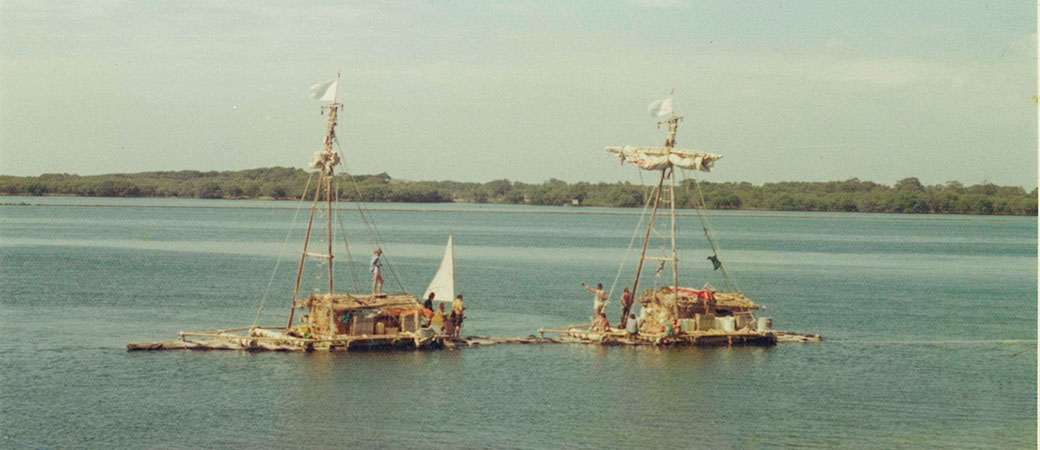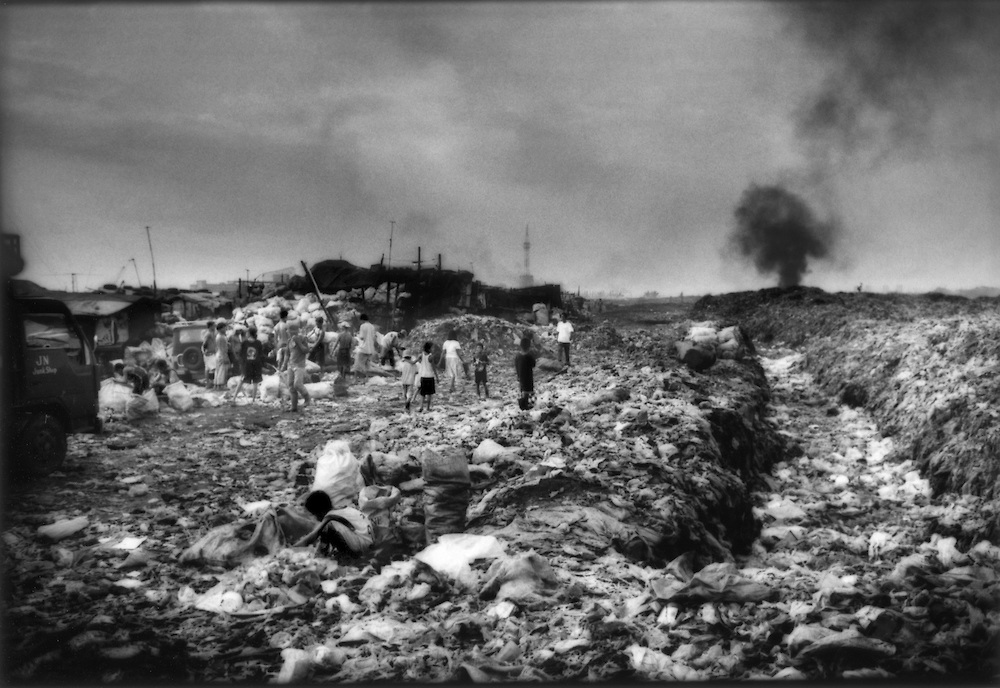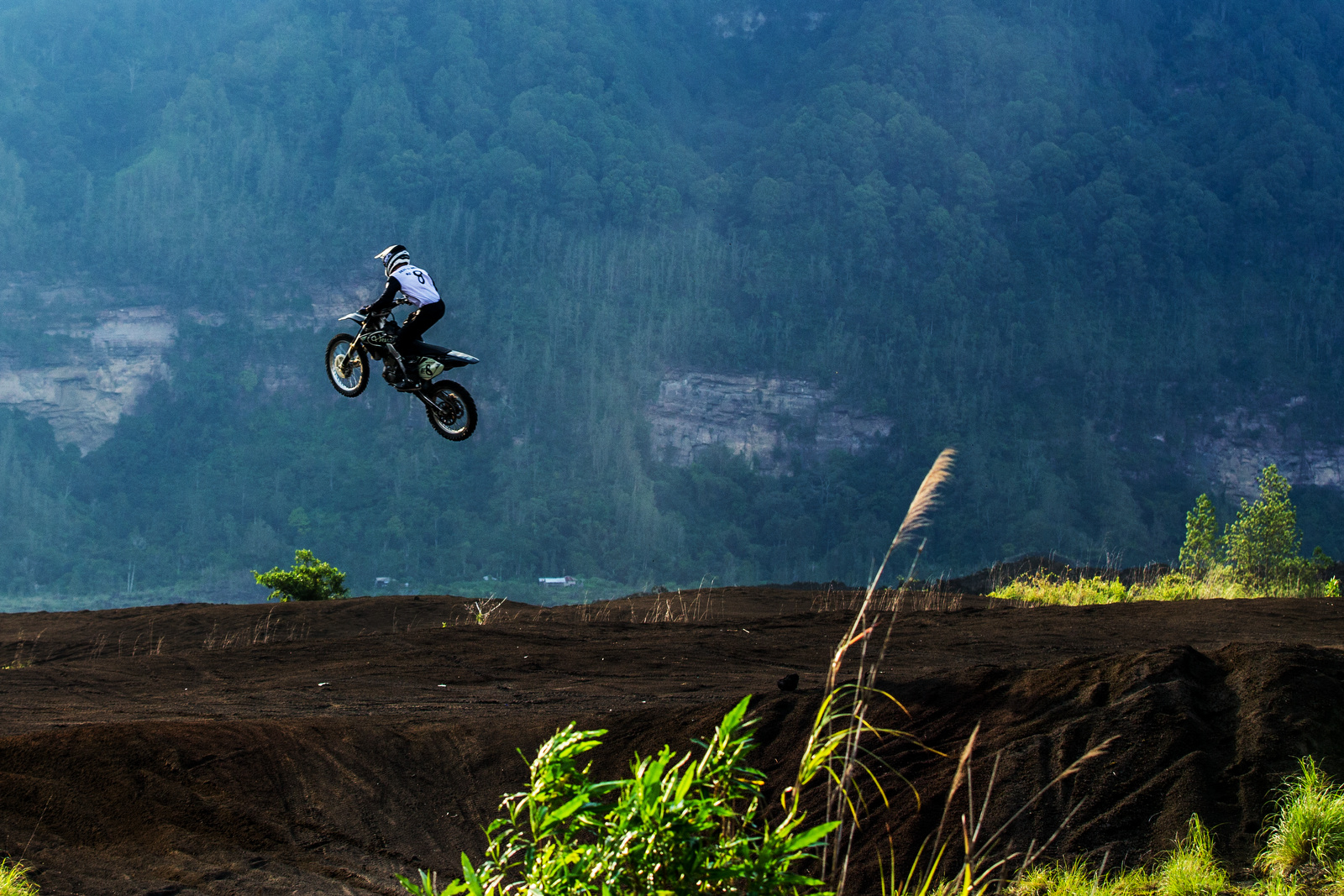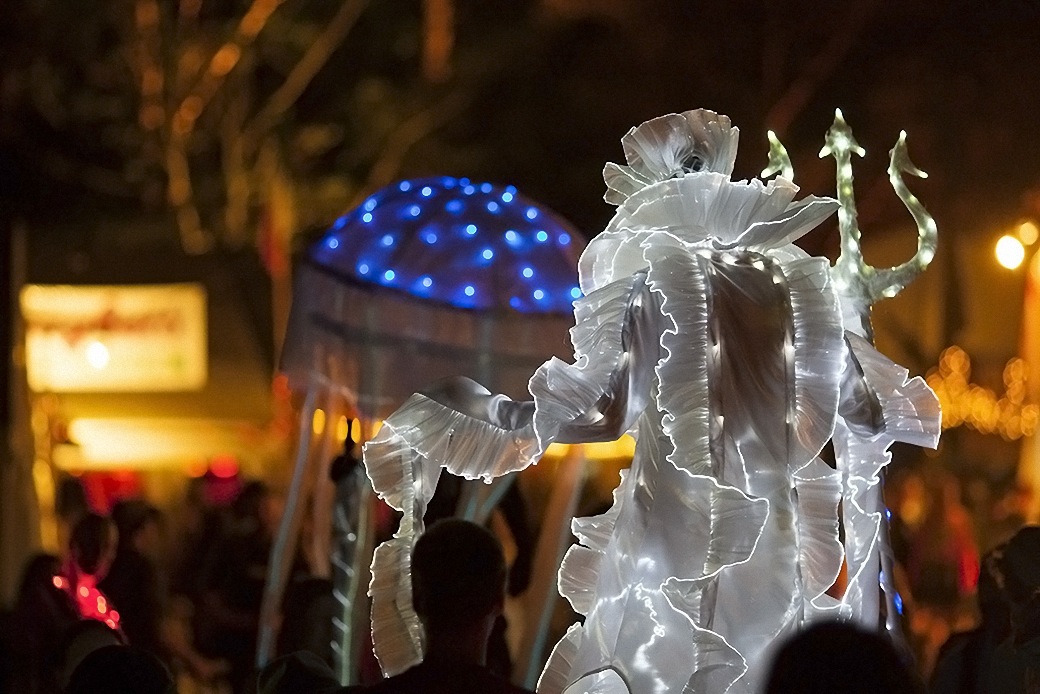
LAS BALSAS | A REAL ADVENTURE STORY
Imagine, if you will, kissing your loved ones goodbye and taking to the high seas. Now imagine that the wide blue yonder that lays before you isn’t the Tasman or a coast-hugging jaunt from Byron to Sydney but the planet’s largest expanse of water, the mighty Pacific. Add to this the fact that your quest is not a two-week sojourn but a massive 178 days of being tossed and turned, and not on a modern yacht with GPS, working toilet, comfortable bunks and a fully equipped galley, but on nine huge balsa logs bound together only by wooden pegs and sisal ropes and offering nothing but the most rudimentary of comforts and equipment.

And, to cap it all off, if this unfathomable feat of imagination has not already put your brain into meltdown, imagine, as the final kick to the groin, that your basic food supplies run out a little over half way through your voyage but finally, after this superhuman feat of endurance, you arrive in – wait for it – Ballina.
In 1973, this was the prospect that faced the 12-strong crew of Las Balsas, three 50-foot craft – recreations of early 16th century vessels – that set off on an 8,600 mile voyage from Ecuador to Australia, the only trans Pacific journey of its kind in recent history.
Mirroring, in many ways, the similar expedition by Thor Heyerdahl and the crew of Kon Tiki, the Las Balsas mission was, despite taking place two decades later and not gaining anywhere near as much notoriety, far more impressive. Close to twice as long in both time and distance, the epic odyssey defies logic, common sense and any sense of self-preservation.

So why would anyone in their right minds consider such a life-threatening quest? Expedition leader, Vital Alsar, wanted to prove that ancient civilizations had a profound understanding of ocean currents, enough to navigate on a global scale between islands and countries. But in addition to this mildly suicidal pursuit of scientific research, he wanted to prove that his single-craft journey of three years previous had not been simply a lucky break. That’s right, this guy was so tenacious, so set on his idea, so downright loco that he actually made the voyage twice!
Alsar was a Spaniard, but his crew consisted of Americans and Canadians, Mexicans, Chileans, an Ecuadorian and a Frenchman. While their phenomenal story is quite spectacular, its makings of a Hollywood script do not end here. Alsar, by way of funding and insurance for his trip approached an artist and fellow Spaniard to paint a canvas sail and, should times get hard, a means of barter for the crew. That artist’s name: Salvador Dali.

Obligingly, Dali painted the canvas, the same cloth which then was opened to the winds of both climate and fate and propelled one of the three craft throughout the near-9,000 mile journey. Arriving in Ballina, starving, bereft and clothed in nothing but rags, the crew elected to use the five-foot by six-foot canvas for its intended purpose, trading it in for room and board with Laurie Wood, then owner of the town’s Suntori Motel.
A fascinating little sideline to the tale, but here’s the twist: since that time, neither Laurie Wood nor the potentially priceless Dali canvas have ever been seen again.

On arrival, one of the craft had almost completely disintegrated, but the other two remain to this day, amalgamated into a single vessel, and are on display at Ballina’s Naval and Maritime Museum, built specifically for the purpose by local council.
In conjunction with the inaugural Ballina Prawn Festival, the town will be celebrating the 40th anniversary of this astounding feat, a story intwined in our community yet all but unrecognised locally, nationally or internationally.
Paying homage to the crafts, their incredible story and the twelve brave souls who took to the ocean knowing only too well that they may never return, the Ballina Prawn Festival will be holding DIY raft building competitions and races, a model raft show and arts exhibition, free screenings of the Las Balsas documentary and, in testament to the starting point of the voyage, Ecuadorian-inspired dance classes.
The remaining Las Balsas raft is housed at:
Ballina Naval and Maritime Museum, Regatta Avenue, Ballina

– This article first appeared on Common Ground Australia on Nov 2, 2013

WE, THE COMPLACENT
You May Also Like

BUN COFFEE | COOL BEANS
June 2, 2015
THE DEUS DUST PROJECT
July 8, 2016
